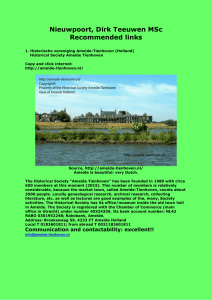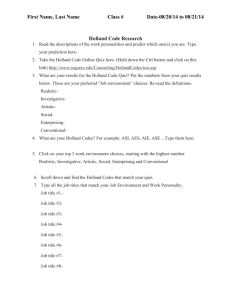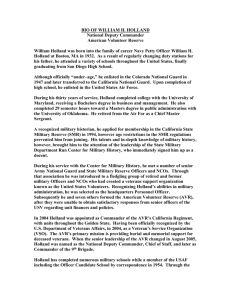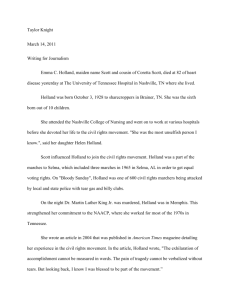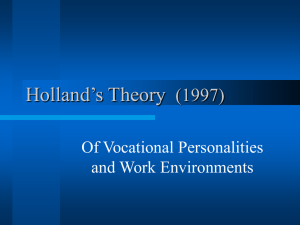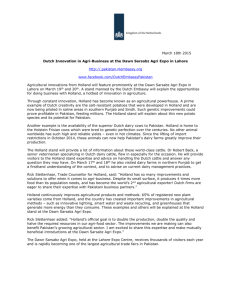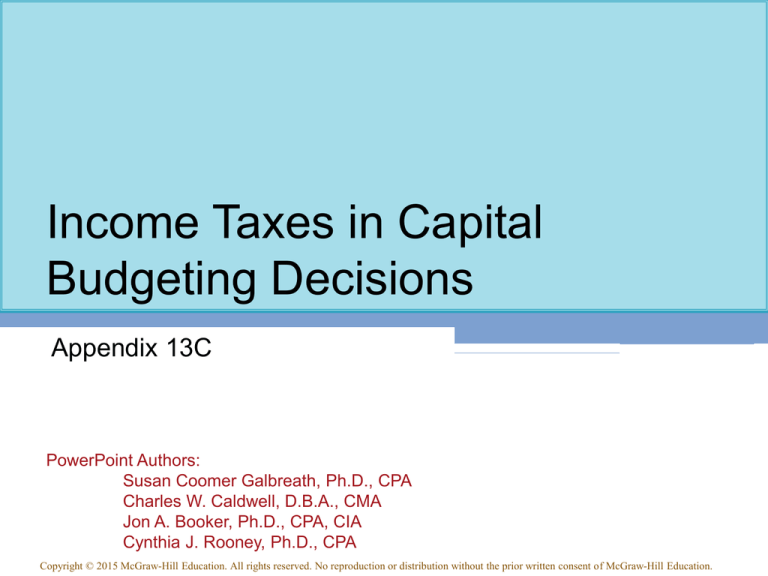
Income Taxes in Capital
Budgeting Decisions
Appendix 13C
PowerPoint Authors:
Susan Coomer Galbreath, Ph.D., CPA
Charles W. Caldwell, D.B.A., CMA
Jon A. Booker, Ph.D., CPA, CIA
Cynthia J. Rooney, Ph.D., CPA
Copyright © 2015 McGraw-Hill Education. All rights reserved. No reproduction or distribution without the prior written consent of McGraw-Hill Education.
13C-2
Learning Objective 8
(Appendix 13C)
Include income taxes in
a net present value
analysis.
13C-3
Simplifying Assumptions
• A company’s net income for financial
reporting purposes equals its
taxable income.
• The tax rate is a flat percentage of
taxable income.
• A noncurrent asset’s useful life is the
same for financial reporting and tax
purposes.
13C-4
Simplifying Assumptions
• Straight-line depreciation is always
used for financial reporting and tax
purposes.
• Noncurrent assets always have a
salvage value of zero for financial
reporting and tax purposes.
• There are no gains or losses on the
sale of noncurrent assets.
13C-5
Key Concepts
To calculate the amount of income tax expense associated with a
capital budgeting project, we’ll be using a two-step process:
First
Calculate the incremental net income earned
during each year of the project.
Second
Multiply each year’s incremental net income by the
tax rate to determine the income tax expense.
13C-6
Key Concepts
A capital budgeting project’s incremental net
income computations include:
1. Annual revenues.
2. Annual cash operating expenses.
3. Annual depreciation expense.
4. One-time expenses related to repairs and
maintenance.
13C-7
Key Concepts
A capital budgeting project’s incremental net
income computations exclude:
1. Immediate investments in equipment, other
assets, and installation costs.
2. Investments in working capital.
3. The release of working capital.
4. The proceeds from selling a noncurrent asset
when no gain or loss is realized on the sale.
13C-8
Holland Company – An Example
Holland Company owns the mineral
rights to land that has a deposit of
ore. The company is deciding
whether to purchase equipment and
open a mine on the property. The
mine would be depleted and closed
in 5 years and the equipment would
be sold for its salvage value.
More information is provided on the next slide.
13C-9
Holland Company – An Example
Initial investment in
equipment
Initial investment in
working capital
Estimated annual sales
of ore
Estimated annual cash
operating expenses
Cost of road repairs
needed in 3 years
Salvage value of the
equipment in 5 years
After-tax cost of capital
Tax rate
$
275,000
$
50,000
$
250,000
$
150,000
$
30,000
$
12%
30%
Should
Holland
open a mine
on the
property?
13C-10
Holland Company – An Example
First
Calculate the incremental net
income earned during each year of
the project.
13C-11
Holland Company – An Example
Second
Multiply each year’s incremental net
income by the tax rate to determine the
income tax expense.
13C-12
Holland Company – An Example
The net present value computations include the
following:
13C-13
Holland Company – An Example
Each year’s total cash flows are multiplied by the appropriate
discount factor for 12% to compute their lesser present value.
13C-14
Holland Company – An Example
The present values in cells B22 through G22 are combined to
determine the project’s net present value of $231.
The positive net present value indicates that Holland
Company should proceed with the mining project.
13C-15
End of Appendix 13C


